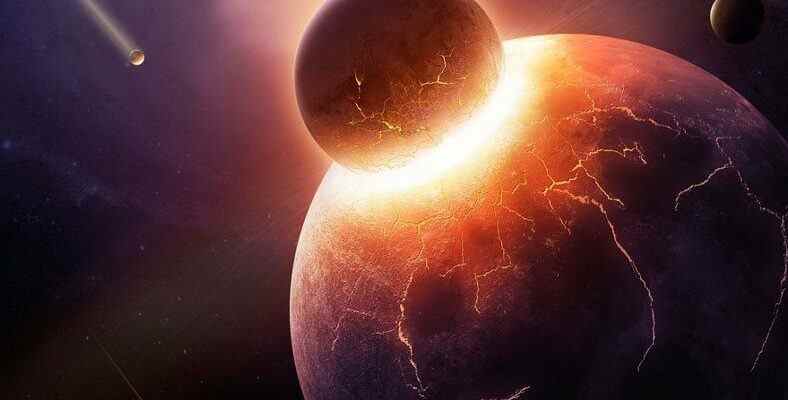Scientists examining the Moon rocks in Antarctica have made a discovery that supports the theory that the Moon is a part of the Earth. Two gases found on Earth were detected in the moonstone.
Earth’s satellite is actually the Moon A piece that broke off from the Earth as a result of a gigantic collision The theory is one of the most accepted theories about the formation of the Moon. To date, many discoveries have been made that support this theory. But a recent discovery was almost the biggest proof of the theory.
Patrizia Will of the Swiss Federal Institute of Technology came across something surprising in the Moon rocks NASA collected from Antarctica during her doctoral research. Patrizia in the rocks the presence of helium and neon caught the trace. These two gases found in the six moonstones indicated that the Moon was part of the Earth.
So how did this Moonstone contain gas?
Moonstones are formed when magma ejects from the moon and then cools rapidly. basalt It is made up of volcanic rocks. This cooling process occurs in samples that preserve the chemical signatures of the Sun’s gases.moon glass‘ particles formed. After basalt was formed, this glass was surrounded by layers of rock that protected it. As a result, the gas got trapped inside.
The theory that the Moon was formed by the fragments of the Earth as a result of a giant collision was supported by this study. According to one version of this theory, the Earth is 4.5 billion years ago, 60 million years after its formation, collided with a ‘protoplanet’ called Theia. One of the discoveries that supported this theory was the discovery that the Moon’s mantle rocks have a composition similar to that on Earth.
RELATED NEWS
